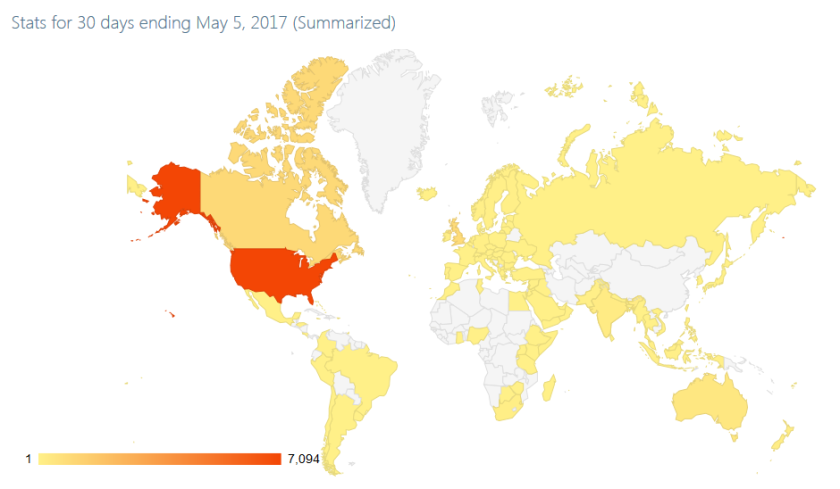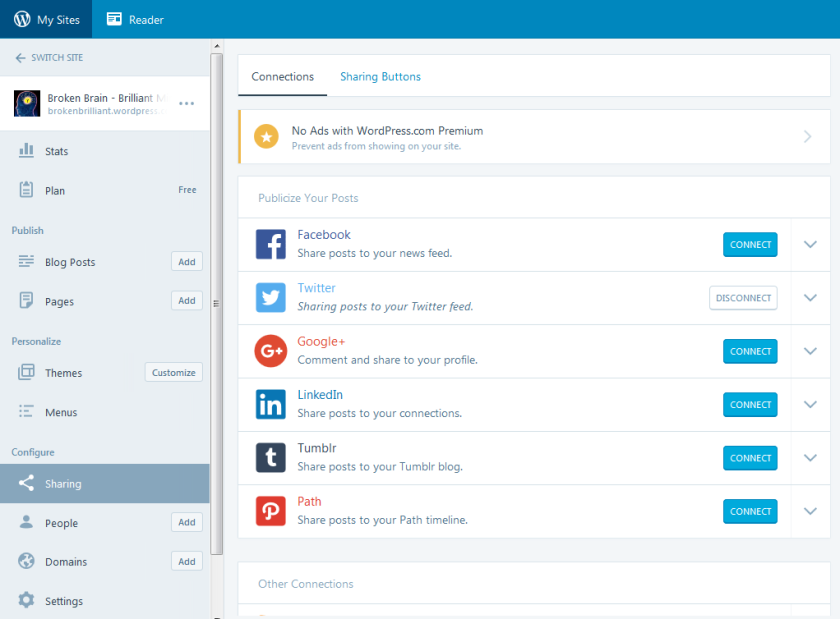
I had a really good weekend. I made a lot of progress, and I got a lot of plans in place that I think are really going to help me get stuff done. I didn’t clean my gutters, which I really needed to do. And there were a few other things I need to do this morning, to catch up. But all in all, it was a good and satisfying weekend.
My top achievement was getting rid of some serious distractions that have been pulling my attention in all different ways. Those are old projects I was very fond of… and that I was very fond of thinking I’d ever finish. As it turns out, because I had too many things going at the same time, I never advanced down the path I was hoping to, which resulted in me getting nothing done.
So, that’s stopped.
And that’s a big deal for me. Because distraction and dissipate have been regular themes in my life, for as long as I can remember. I’m not sure what’s changed with me, but suddenly I don’t feel drawn to spread myself so thin.
Part of it might be getting a hold of my anxiety. Or just using it for something productive, instead of trying to get rid of it entirely. For quite some time, I’ve tried to manage my anxiety by calming myself down. But at the end of last week, I realized that anxiety is actually a really potent source of energy for me. And it’s constant. It never really goes away.
So, I can use up all my time and energy and attention trying to control / manage something that’s always there, anyway. Or I can redirect the energy into something productive. And really kick it.
That’s what I’ve been doing for the past several days. Kicking it, using my anxiety. Not trying to calm myself down, but directing my energy into something useful. Making plans. Creating a new pace for myself. Letting that old companion anxiety propel me forward… Turning that often-unwelcome companion into a friend.
And it’s working out pretty well, I have to say. After years and years of being so dissipated and distracted by, well, just about everything, I feel like I have a much better understanding of how my system works — and how it can work for me.
Of course, none of this would have been possible, if I hadn’t worked at my TBI recovery intentionally and with a lot of trial-and-error. I can tell my brain is behaving more, these days, because I’m actually able to focus. I used to be able to do it, at will. Then I fell in 2004, and that went away. I couldn’t manage much of anything, concentration-wise. That’s something that’s come back over time, with lots and lots of practice and (again) trial-and-error. I’ve let myself make mistakes. That’s how I learn. And I gave up worrying about “failure” in the process, which always helps.
So, yes. This is good. I’ve got my mandate for the next year — maybe two. I’m only focusing on one major project, for 2019, funneling my anxious energy into taking steps to do something about each hurdle I come up against — which are many. I will keep this blog going, because it helps me keep my head on straight and also keep focused on what’s most important to me. But I’m not working on a bunch of other side projects that I had going, lo those many years.
And, ironically, that tames my anxiety. Using it for something good not only lets it just be without judgment or blockage, but it also gives it somewhere to go. Like a rushing river, when I let it just flow and direct it in a certain direction, it takes me on some really interesting turns. Instead of damming it up and trying to control it, I just let it flow… and I ride that wave.
Which is good.
And overdue.
Onward.

 I’m doing my version of “taking it easy” today.
I’m doing my version of “taking it easy” today.


















